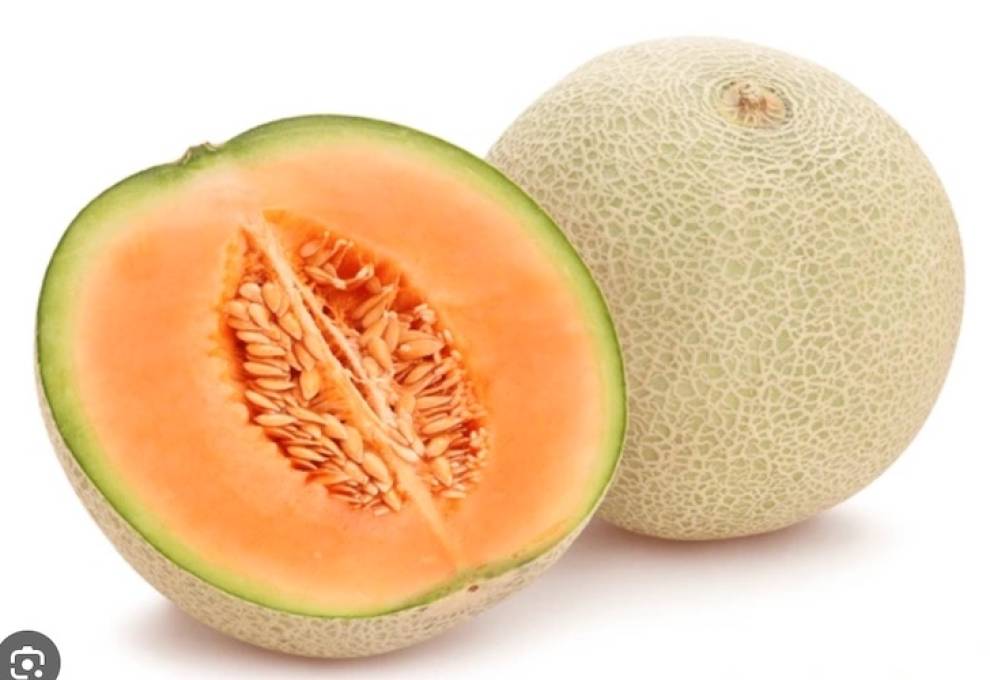
I trust our food system. I don’t approach grocery shopping with fear or suspicion; rather, I marvel at the privilege we have here for selection and quality, compared to many parts of the world. Although food prices have jumped and become consumers’ top concern, overall, we still get a good deal.
And who doesn’t like a deal?
But before Christmas, naively choosing price over safety could have ruined my holiday, or much, much worse.
In mid-December, at the grocery store I frequent in Illinois, I was surprised to see fresh-cut cantaloupe on sale in clamshell packages for 40 per cent off.
I love cantaloupe; there’s no way I was going to pass this up. I figured it must be some holiday special.
And it didn’t occur to me until I got home and took the first delicious, juicy bite that perhaps this cantaloupe was on sale because people weren’t buying it.
That stopped me in my tracks. Even though I spend an hour every day reading news, I had overlooked that fact that earlier in the fall, cantaloupe from Mexico tainted with Salmonella had sickened hundreds of people in 42 states in the U.S. (including Illinois), and in eight Canadian provinces. This outbreak would go on to be blamed for 10 deaths in the two countries – seven in Canada and three in the U.S.
Québec was the hardest hit, with 111 of the 164 laboratory-confirmed cases in Canada. Class action lawsuits have now been filed in Manitoba against the Mexican company Malichita that grew the melons, and two U.S,firms: Trufresh in Nogales, Arizona and Los-Angeles-based Dulcinea, that imported and distributed the fruit. A class action lawsuit in Québec names Malichita and Trufresh only. And at press time, another lawsuit was expected to be filed in B.C.
Both the U.S. Center for Disease Control and the Canadian Food Inspection Agency say the true number of sick people in this outbreak was likely much higher than the number reported. Many people recover without medical care and are not tested for Salmonella. And because it usually takes up to four weeks to determine if a person is sick from Salmonella, the chronology of an outbreak can be inexact.
So what’s behind the contamination? In a statement to the Canadian Press news agency, Trufresh CEO Rafael Roiz offered his sympathies and said he’s searching for answers.
“We realize that no words will be of comfort to the people and their families who have felt its greatest impact,” he said. “We continue to work with our suppliers, customers and health authorities to investigate how the contamination may have happened.”
Cantaloupe’s textured surface can be tough to clean, making it easier for naturally occurring bacteria such as Salmonella to cling to it. Processors take precautions, such as vigorously washing it and scrubbing it once it’s harvested.
But cross-contamination can still occur along the processing chain, and bacteria can enter the fruit’s flesh when it’s cut.
Some food safety experts advise consumers to buy intact cantaloupe, wash it and avoid fresh-cut options. But for convenience, fresh cut is very attractive…provided, of course, it was properly handled during processing.
Exporters are keenly aware of the damage such outbreaks can cause the sector. As a top-of-mind issue for consumers, food safety routinely takes a backseat to the likes of food prices and food security these days.
The cantaloupe controversy returns the spotlight to food safety and underlines the need to stay relentless in its pursuit. I haven’t lost faith in the food system, but I will be a little more wary when deciding what to put in my shopping cart.

Add new comment